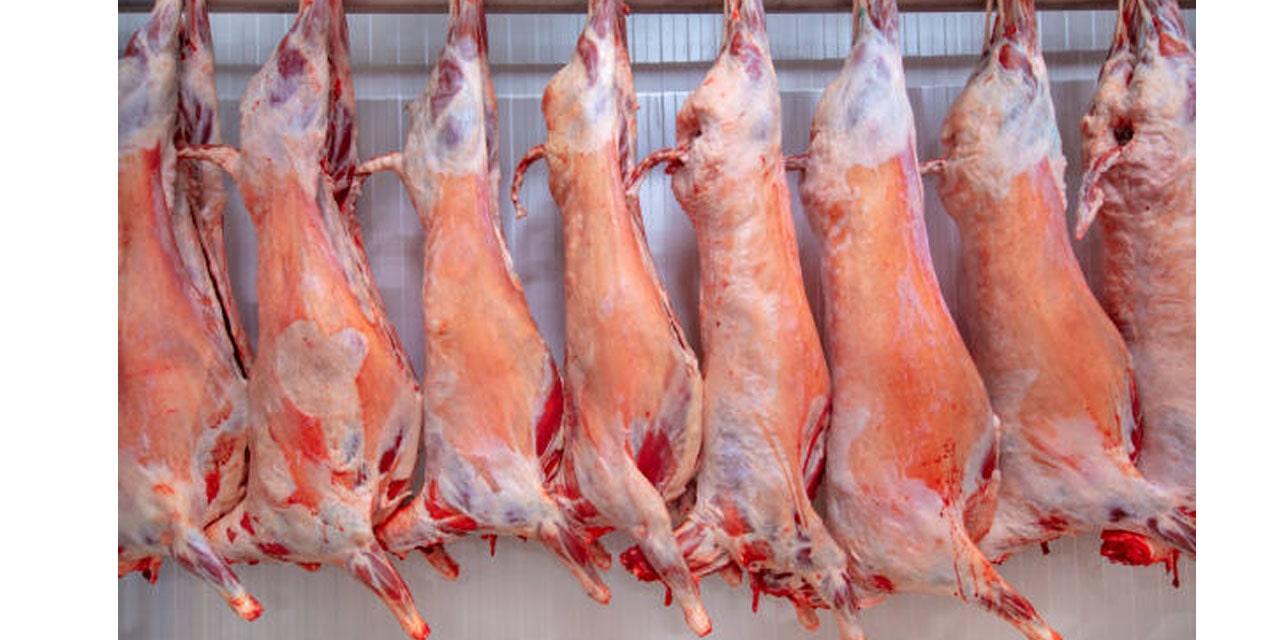Tujoromajo Kasuto
The slaughtering of more sheep, instead of on the hoof export of these animals, is on the horizon as the Farmers Meat Market Mariental has conducted test slaughtering at the end of August.
This could signal the start of slaughtering activities on the basis of promising sheep `numbers according to the Meat Board, it is reported in Simonis Storm Agri monthly report.
The comes as Namibia’s local livestock slaughtering has remained predominantly mute over the first half of the year, despite it exceeding levels recorded for the same period in 2021 and decreased by 29.4 percent on average for the livestock sector.
According to Simonis Storm’s latest report, live exports have increased by 30.8% on average compared to the same period last year (January to August), with cattle live exports increasing by 7.9%, sheep live exports by 58% and goat live exports up by 26.4%.
Meanwhile, total livestock marketing activity, slaughtering and exports combined increased by 39.9% yearly in the second quarter compared to the same period last year.
‘’During the first two months of 3Q2022, total livestock marketing increased by 14% y/y compared to the same period last year. This signals that 3Q2022 has great potential in contributing to the livestock sector’s GDP growth rate, supporting the overall agriculture industry’s growth dynamics as
livestock accounts for about 35% of the industry,’’ the research firm reports.
Additionally, August recorded the highest number of pigs slaughtered in 2022 and is 19.2% higher than slaughtering levels in August 2021.
During August 2022, the pork ceiling price increased by 2.9%, however the year to date pork ceiling price average is still lower by 5.90% compared to the same period last year.
This follows persistent price declines from the beginning of the year due to over-production observed in neighbouring South Africa that has resulted in a lower Red Meat Abattoir Association average price on which the Namibian Pork Ceiling price is based.
“The temporary suspension of cattle exports occasioned by a ban on movement of livestock in neighbouring South Africa had varying impacts in the industry with the cattle sector being the most affected,” according to the Meat Board.
South Africa is usually the second largest live cattle export market for Namibia, so with the resumption of live exports to South Africa, the outlook is positive.
Moreover, the Namibian Agronomic Board (NAB) restricted the importation of 10 horticulture products in August 2022 and expanded this list to 11 products for September 2022.
During August 2022, farmgate prices for various horticulture products have decreased by 5.5% on average, whereas retail prices have decreased by 1.2% on average.
Farmers experienced price increases of four horticulture products and retailers eight products, implying that food prices are driven higher by retail margin increases.
Consequently, the report highlighted that retailers charge about N$12.25/kg higher than farmgate 0prices in Namibia.




